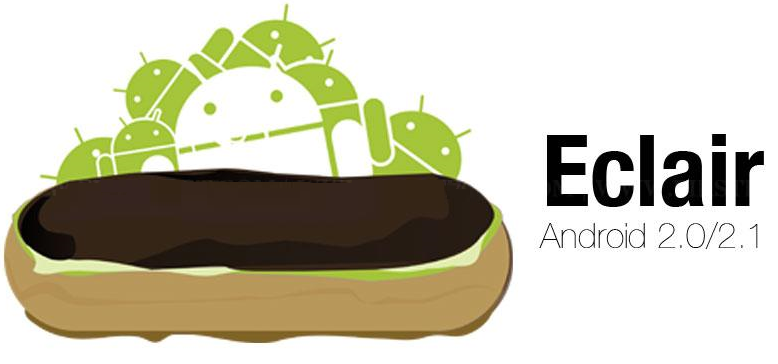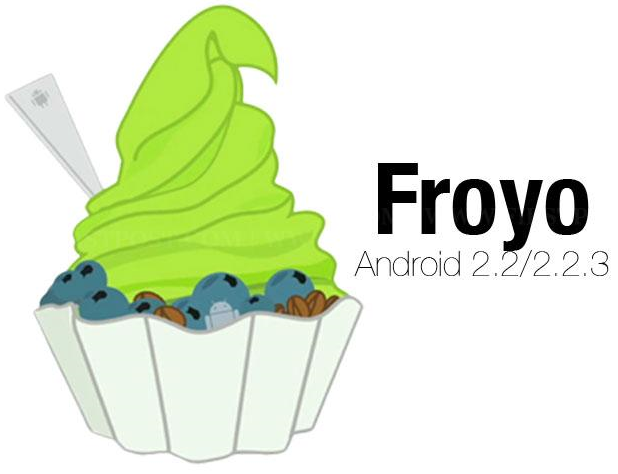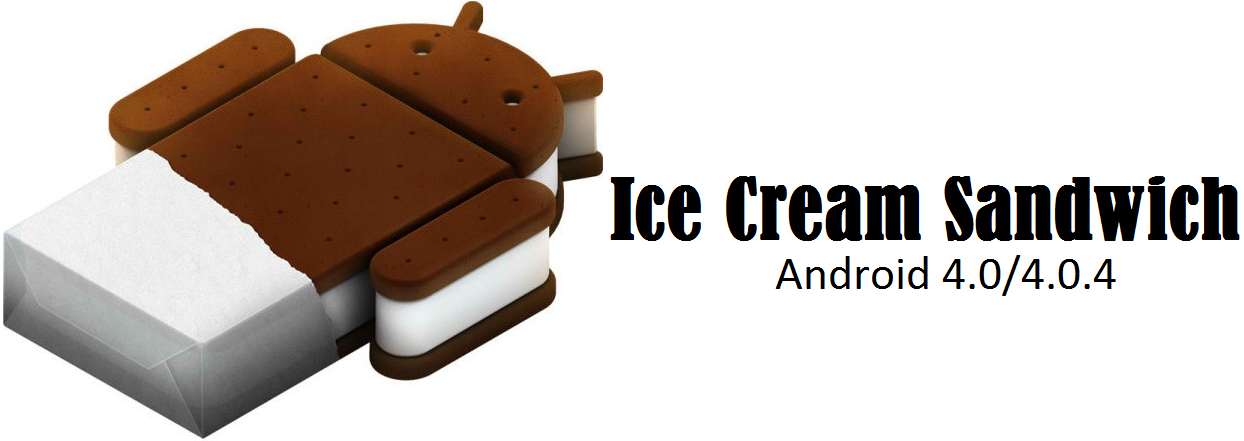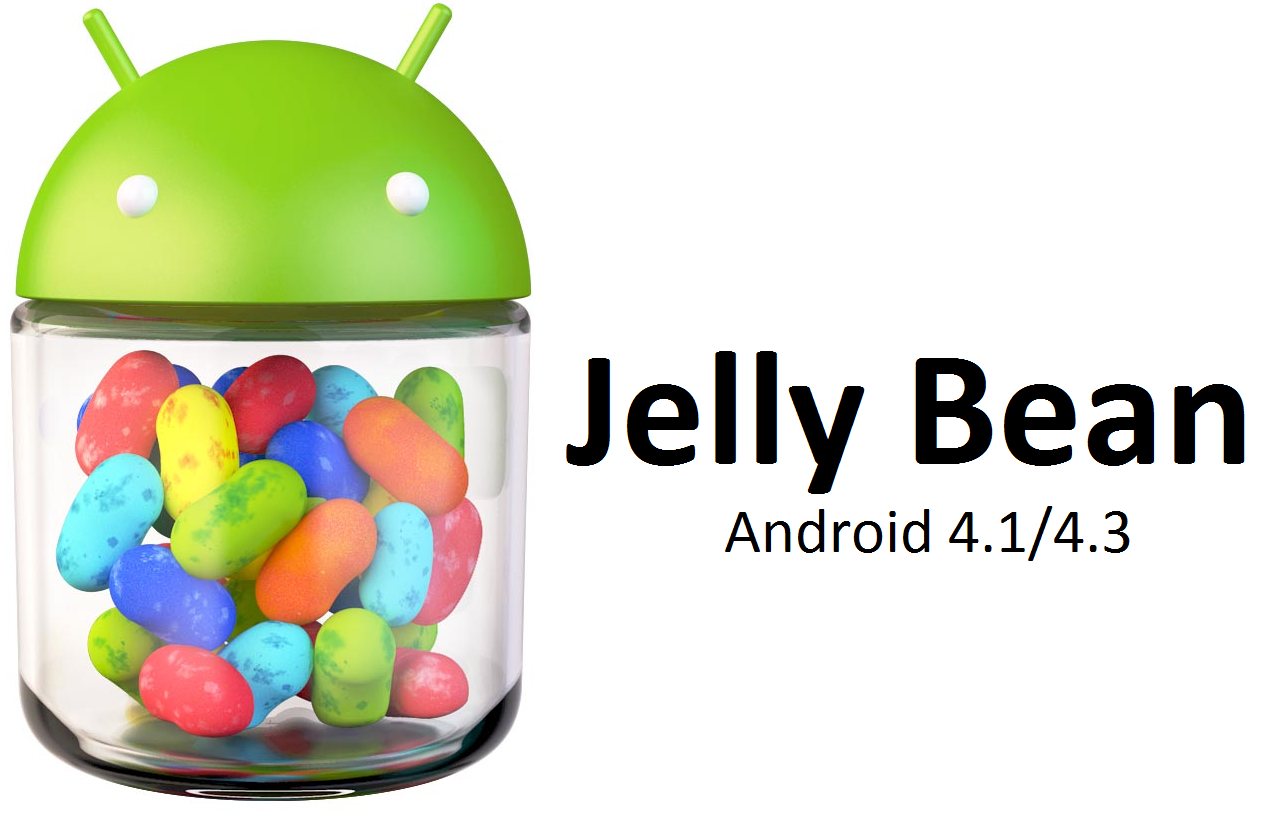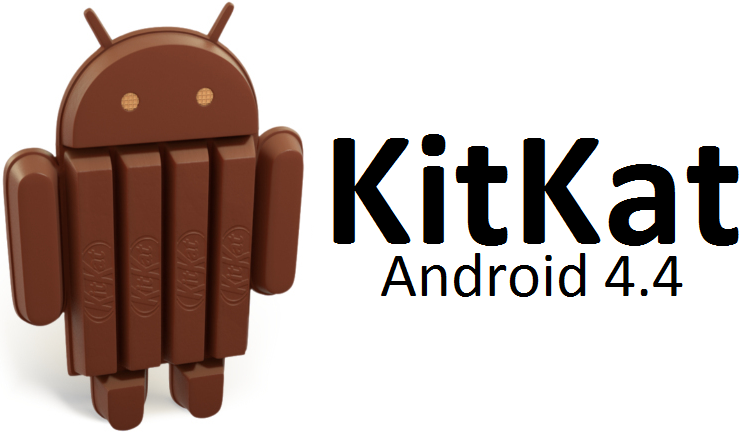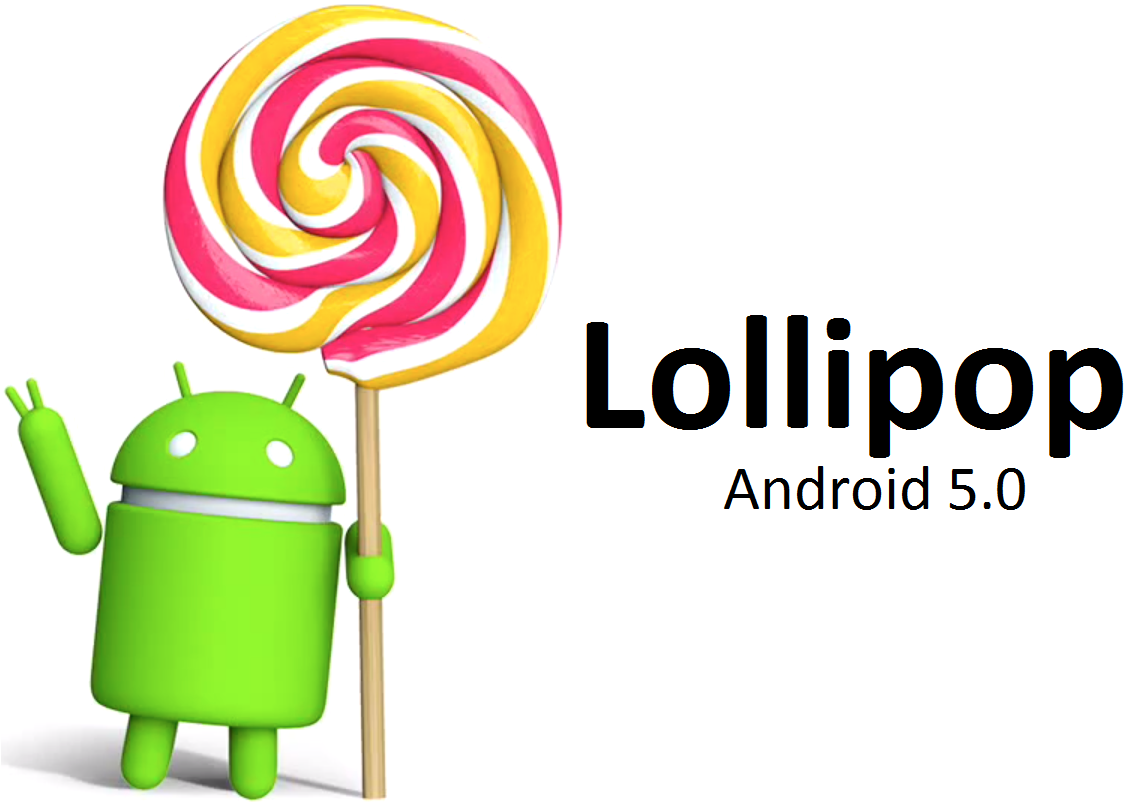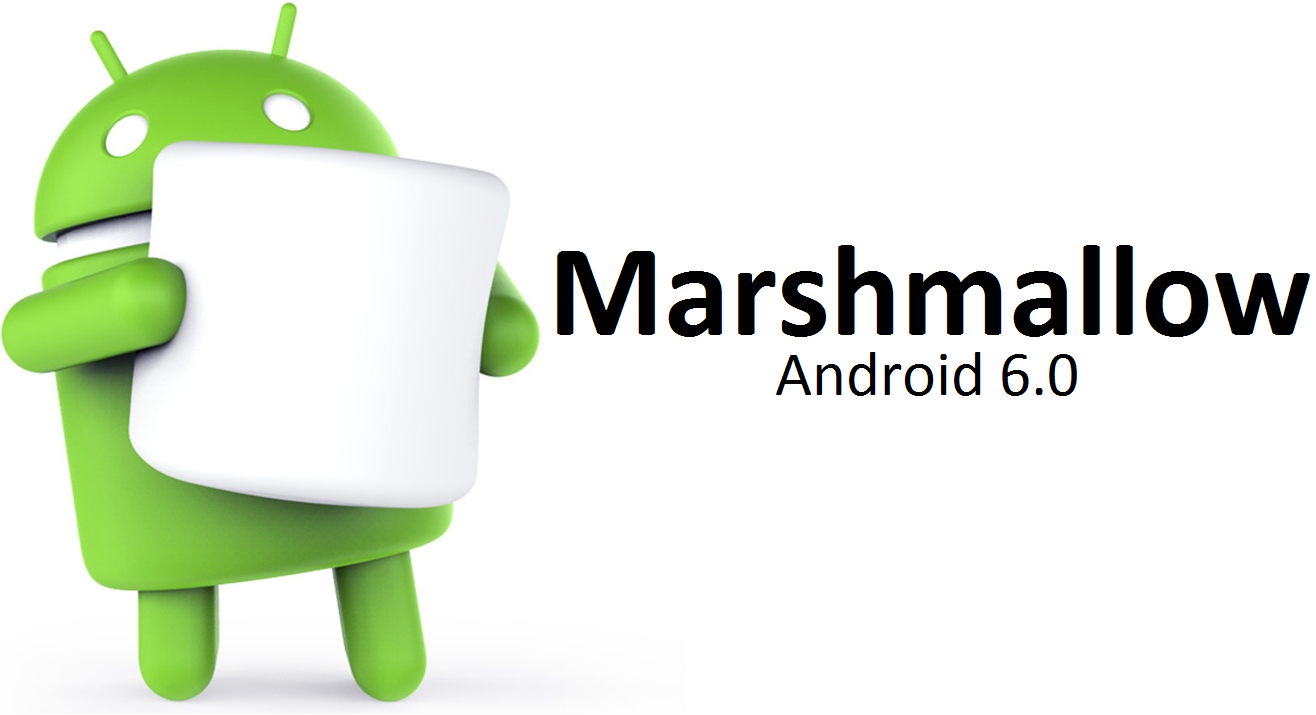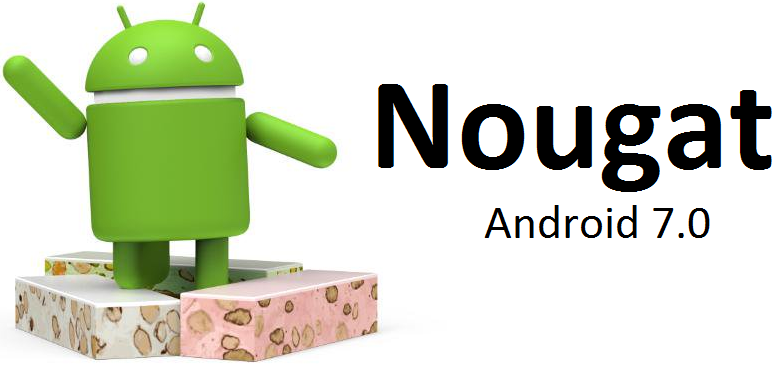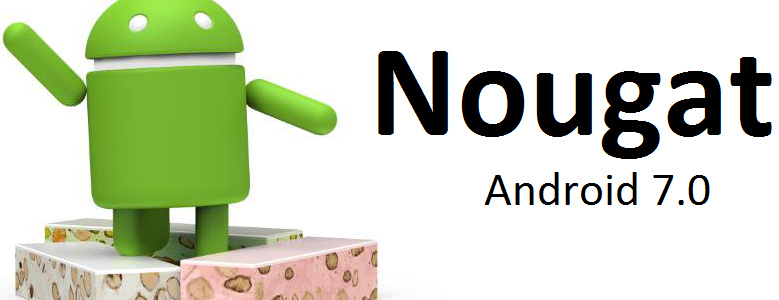
Android Past and Latest Versions
The version story on the Android mobile os started with the launch on the Android beta in Nov. 2007. The 1st commercial version, Android os 1.0, was released in Sept. 2008. Android os is under ongoing development by Google and the Open Handset Alliance (OHA), and it has found many updates to its base os since its first release.
Cupcake:
On 27th April, 2009, the Android os 1.5 update was released, based upon Linux kernel 2.6.27. It was the 1st release to officially use a codename based on a dessert item (“Cupcake“), a design that would be used for all releases henceforth. The update contained many new features as well as UI amendments.
Donut:
On 15th Sept. 2009, the Android os 1.6 SDK – dubbed Donut – was launched, based upon Linux kernel 2.6.29.
Eclair:
On 26th Oct. 2009, the Android os 2.0 SDK – codenamed Eclair – was launched, based upon Linux kernel 2.6.29.
Froyo:
On 20th May 2010, the SDK for Android os 2.2 (Froyo, short for frozen yogurt) was published, based upon Linux kernel 2.6.32.
Gingerbread:
On 6th Dec. 2010, the Android os 2.3 (Gingerbread) SDK was launched, based upon Linux kernel 2.6.35.
Honeycomb:
On 22nd Feb. 2011, the Android os 3.0 (Honeycomb) SDK – the 1st tablet-only Android os update – was launched, based upon Linux kernel 2.6.36. The 1st device featuring this version, the Motorola Xoom tablet, was launched on 24th Feb. 2011.
Ice Cream Sandwich:
The SDK for Android os 4.0.1 (Ice Cream Sandwich), based upon Linux kernel 3.0.1, was publicly launched on 19th Oct. 2011. Google’s Gabe Cohen stated this Android os 4.0 was “theoretically compatible”having any Android 2.3.x device in manufacturing at that time.
Jelly Bean:
Google launched Android os 4.1 (Jelly Bean) on the Google I/O conference on 27th June 2012. Based upon Linux kernel 3.0.31, Jelly Bean had been an progressive update with the main purpose of improving features and performance of the user interface. The performance progress included “Project Butter”, that uses touch anticipation, triple buffering, extended vsync time and a fixed structure rate of 60 fps to make a fluid and “buttery-smooth” UI. Android os 4.1 Jelly Bean was launched to the Google android Open Source Project on 9th July 2012, and the Nexus 7 tablet, the 1st device to run Jelly Bean, was launched on 13rd July 2012.
KitKat:
Google released Android os 4.4 KitKat on 3rd Sept. 2013. Although initially under the “Key Lime Pie” (“KLP”) codename, the name was changed simply because “few people really know the taste of a key lime pie.”[124] Several technology bloggers also required the “Key Lime Pie” launch to be Android os 5. KitKat debuted on Google’s Nexus 5 on 31st Oct 2013, and has been optimized to operate on a higher range of devices than earlier Android os versions, having 512 MB of RAM as a recommended minimum.
Lollipop:
On 12th Nov.2014, the Android os Lollipop – was launched.
Marshmallow:
Nougat:
Do You Need more information ?
For any further information / query regarding Technology, please email us at info@varianceinfotech.com OR call us on +1 630 861 8263, Alternately you can request for information by filling up Contact Us



